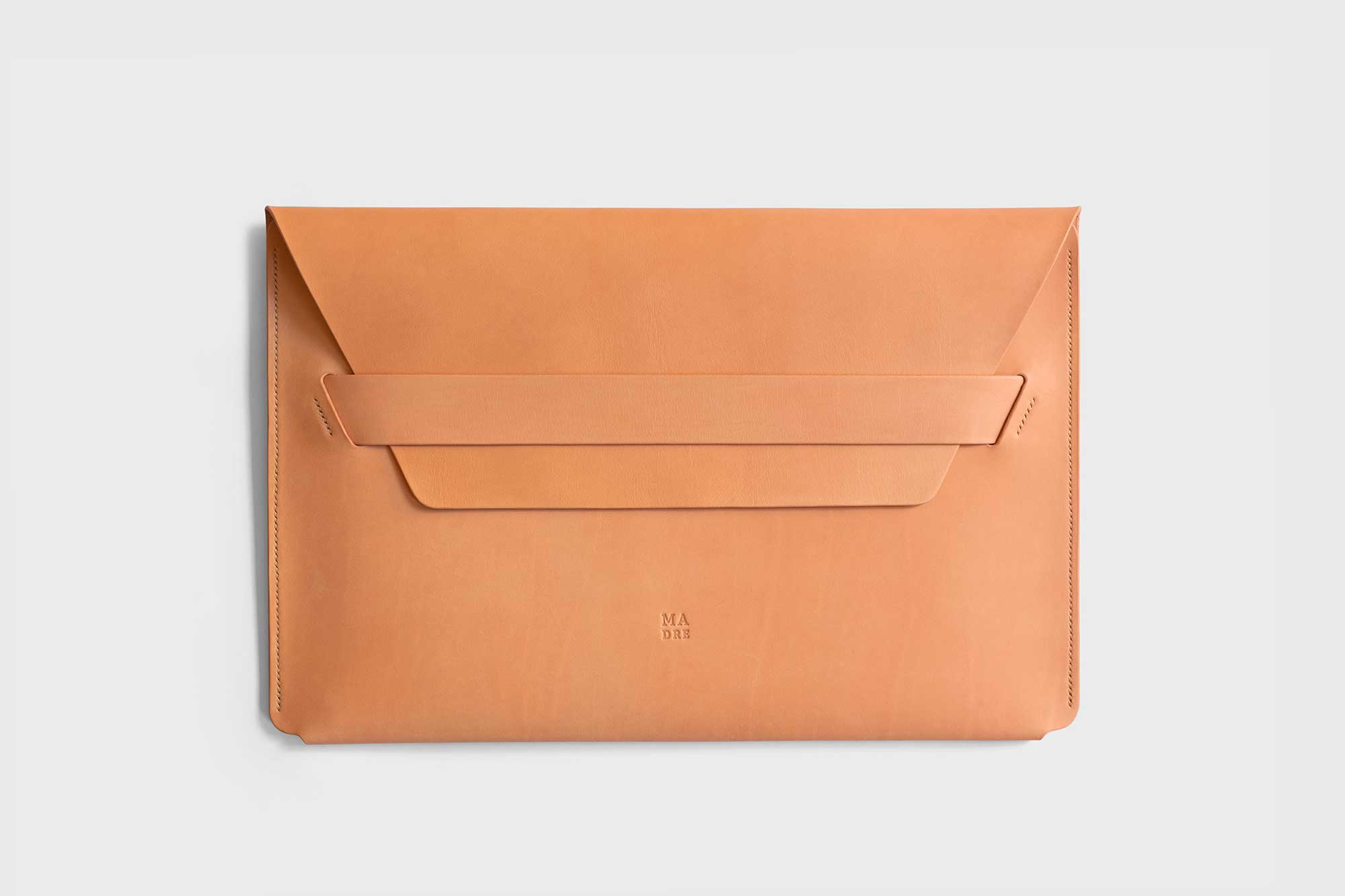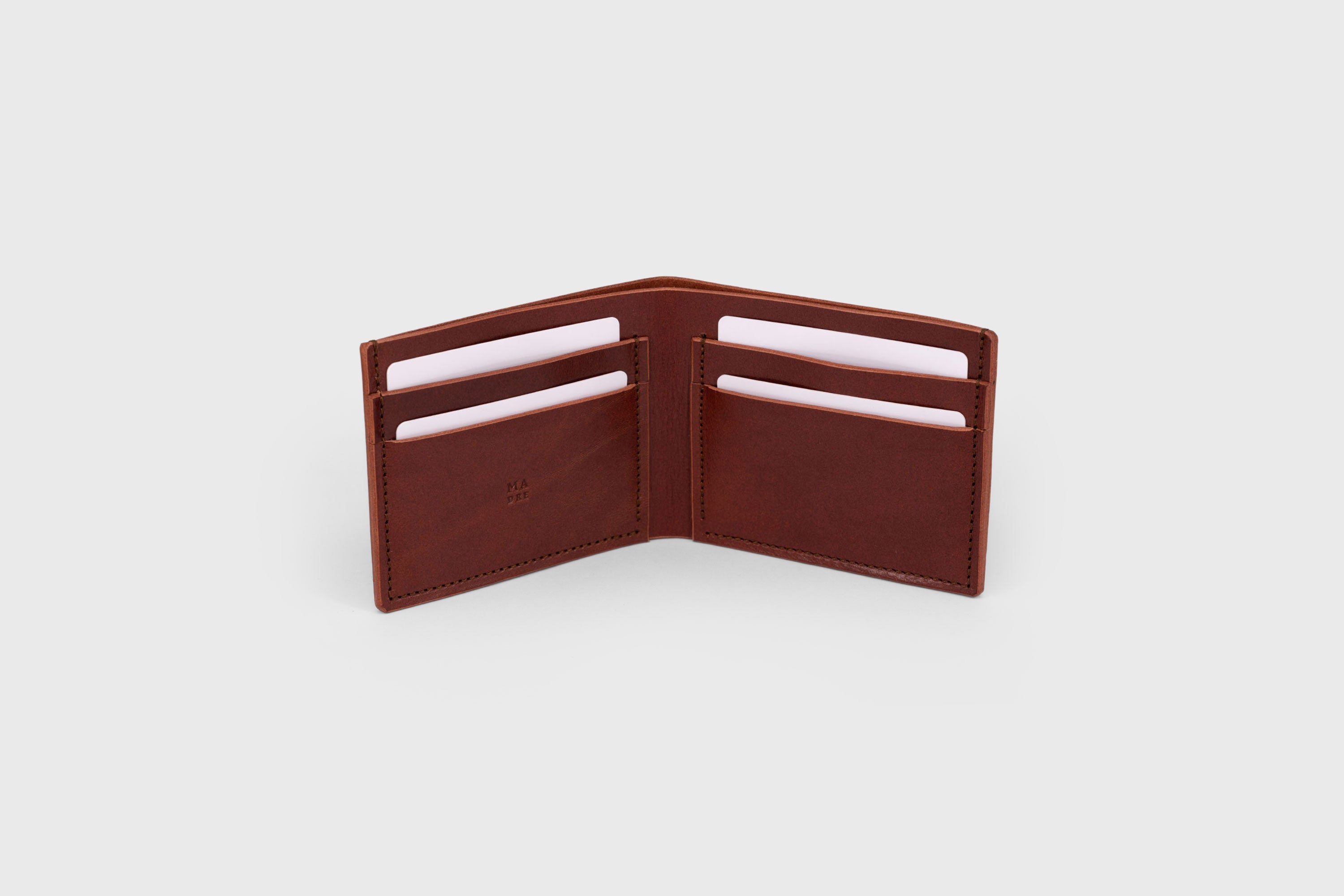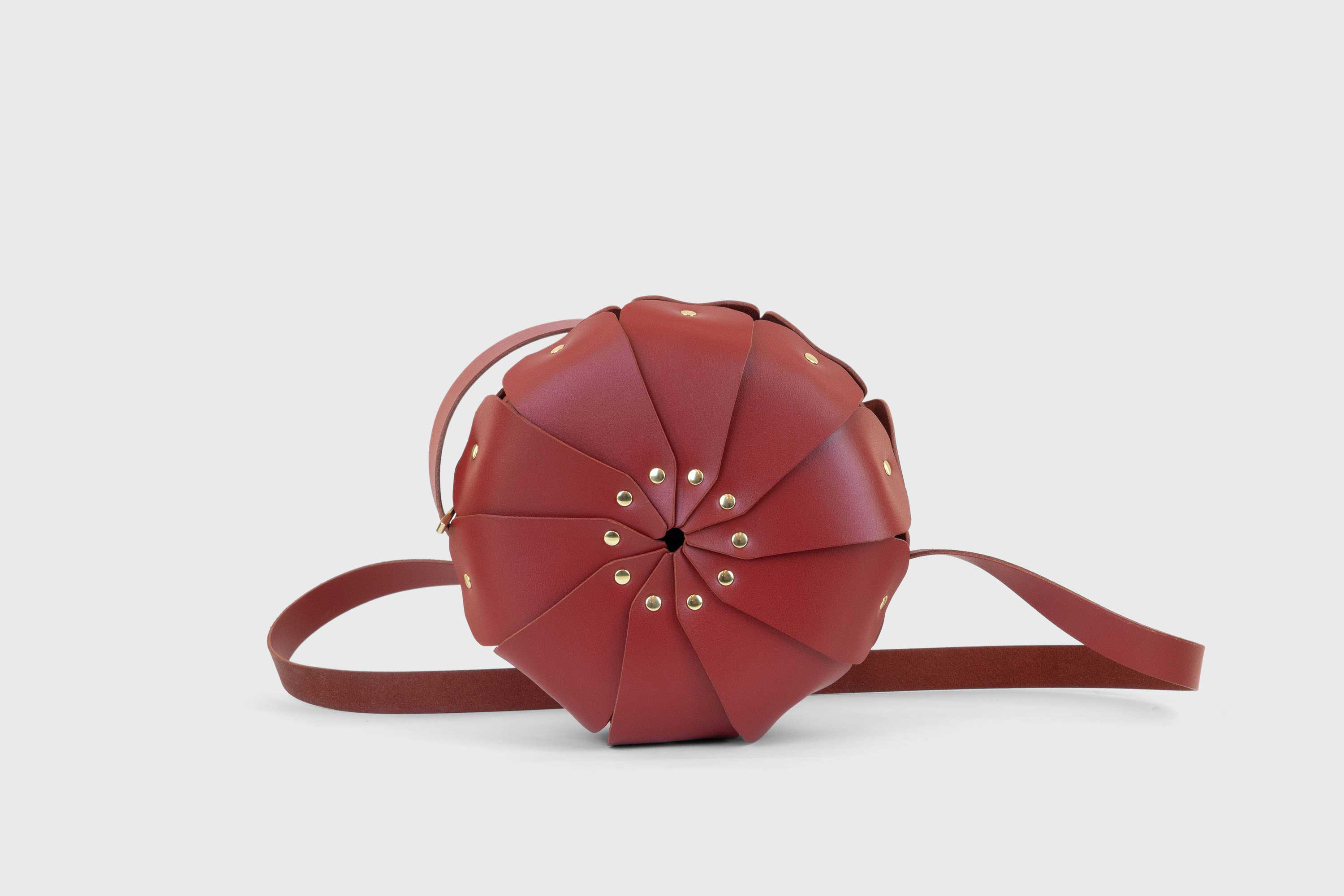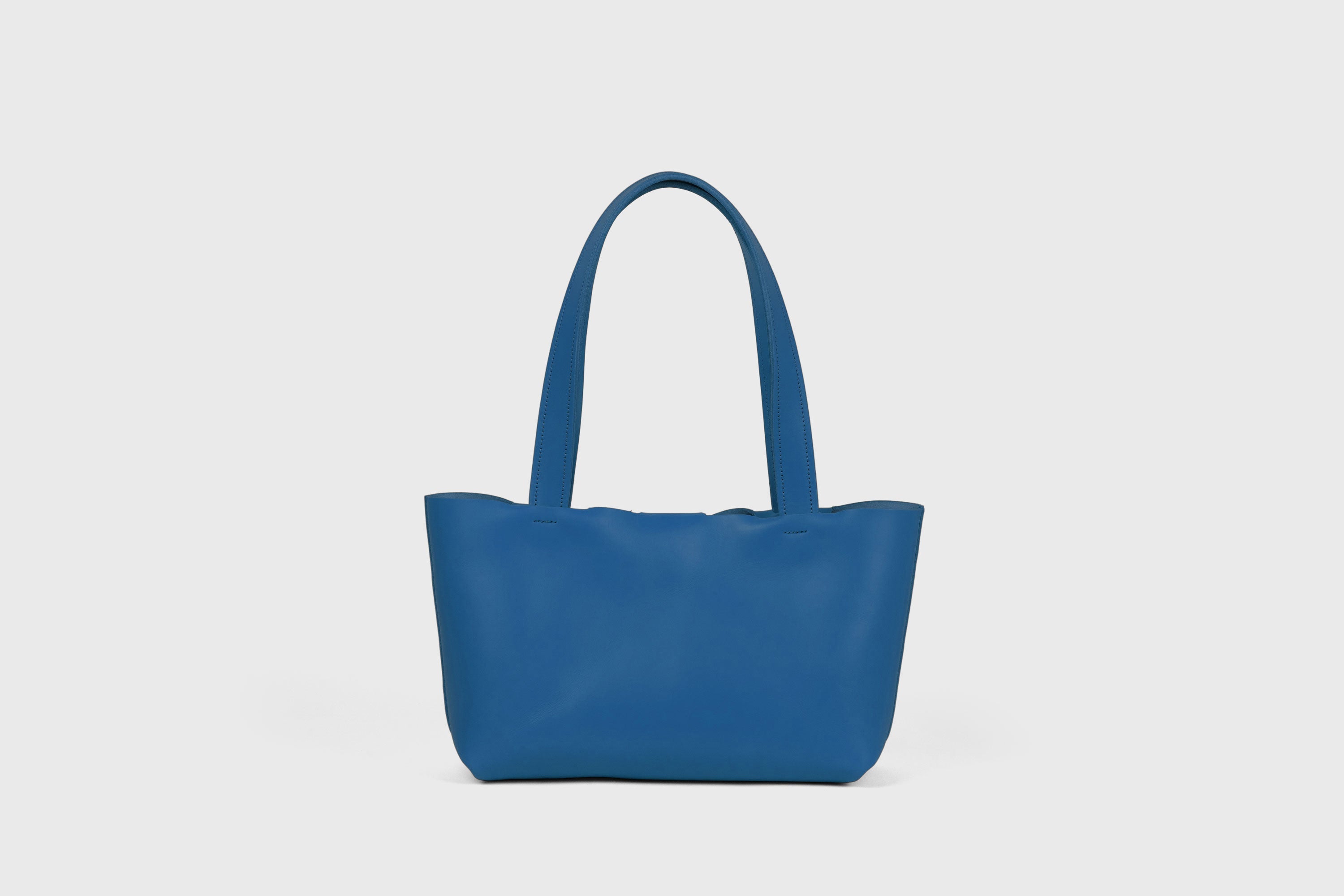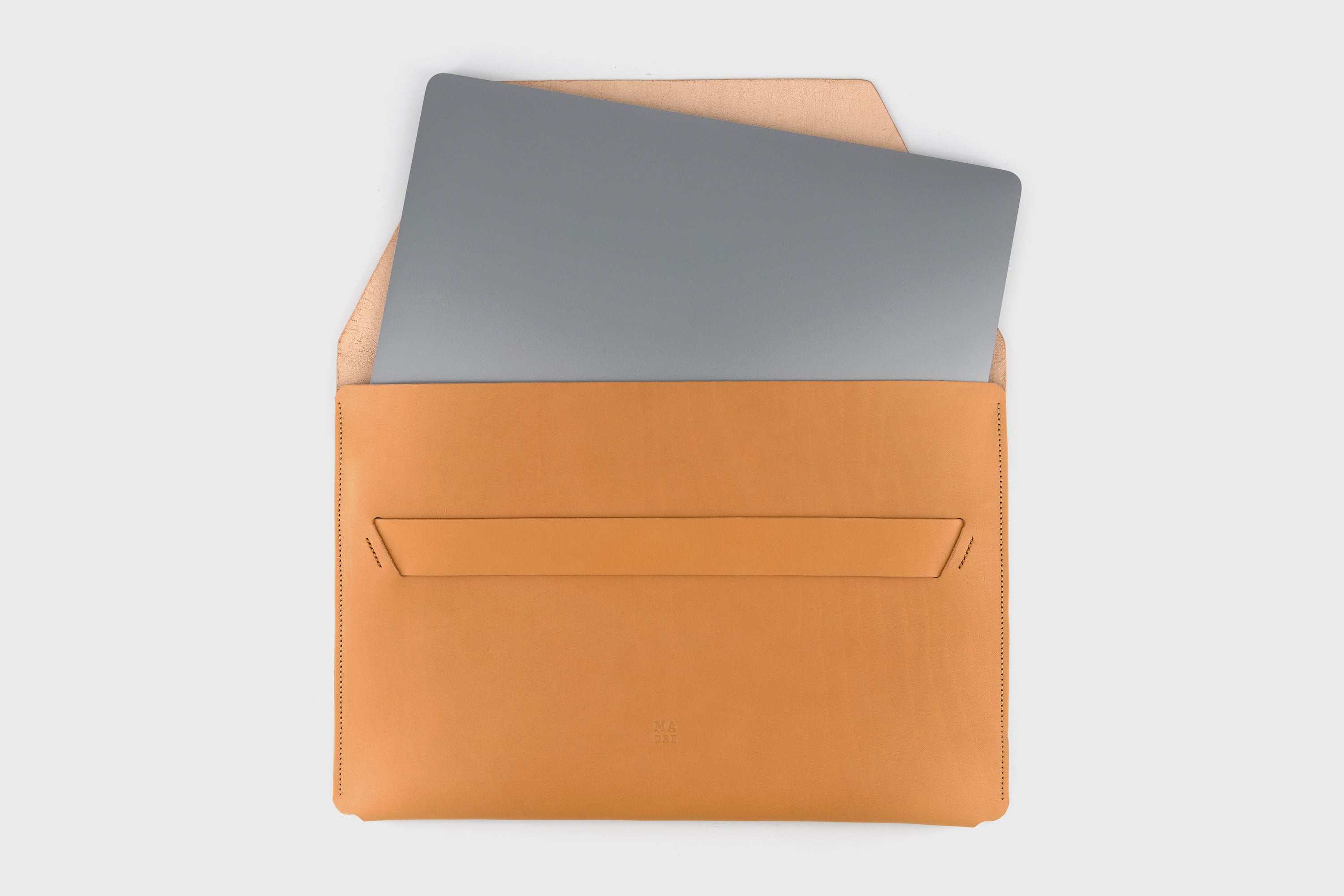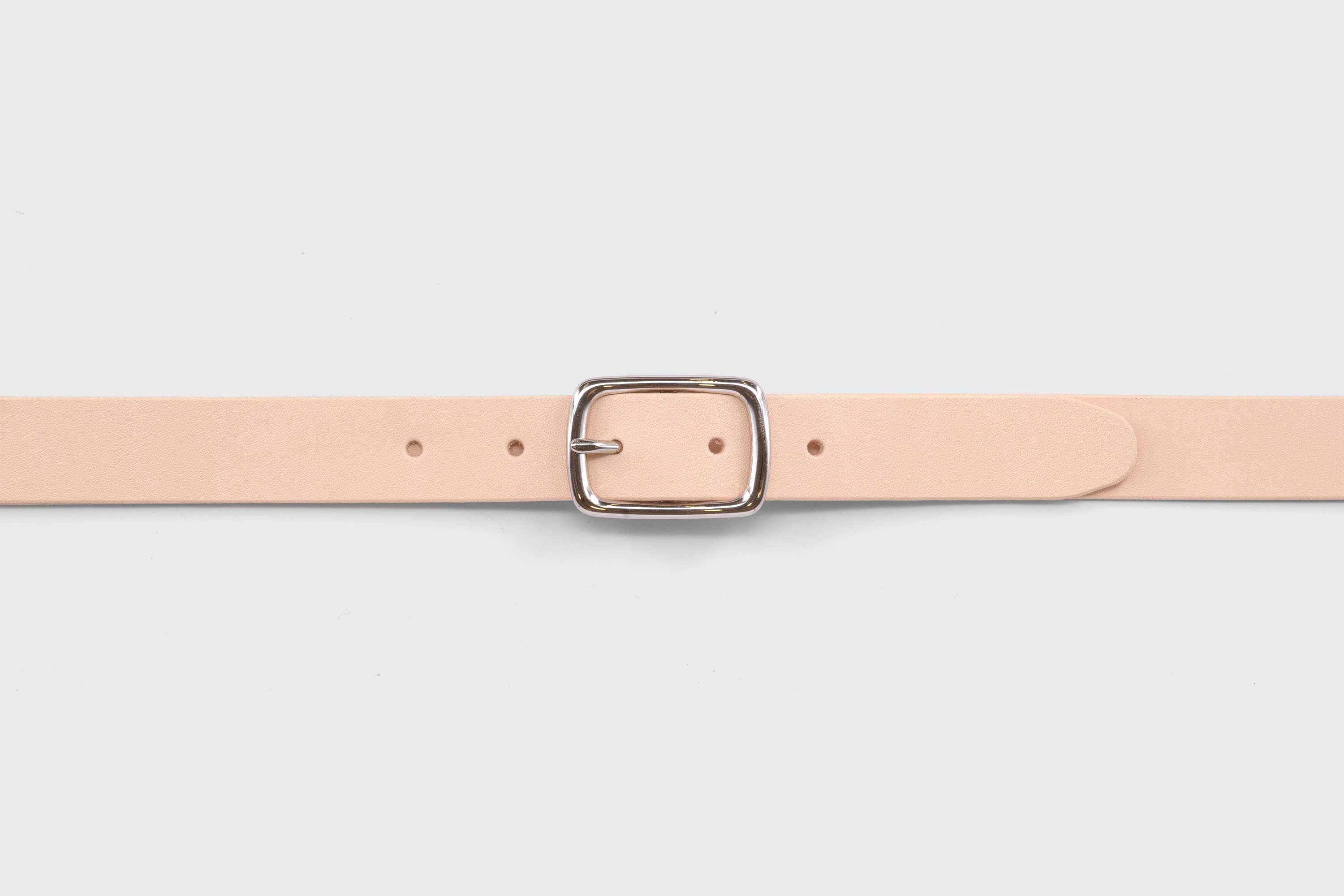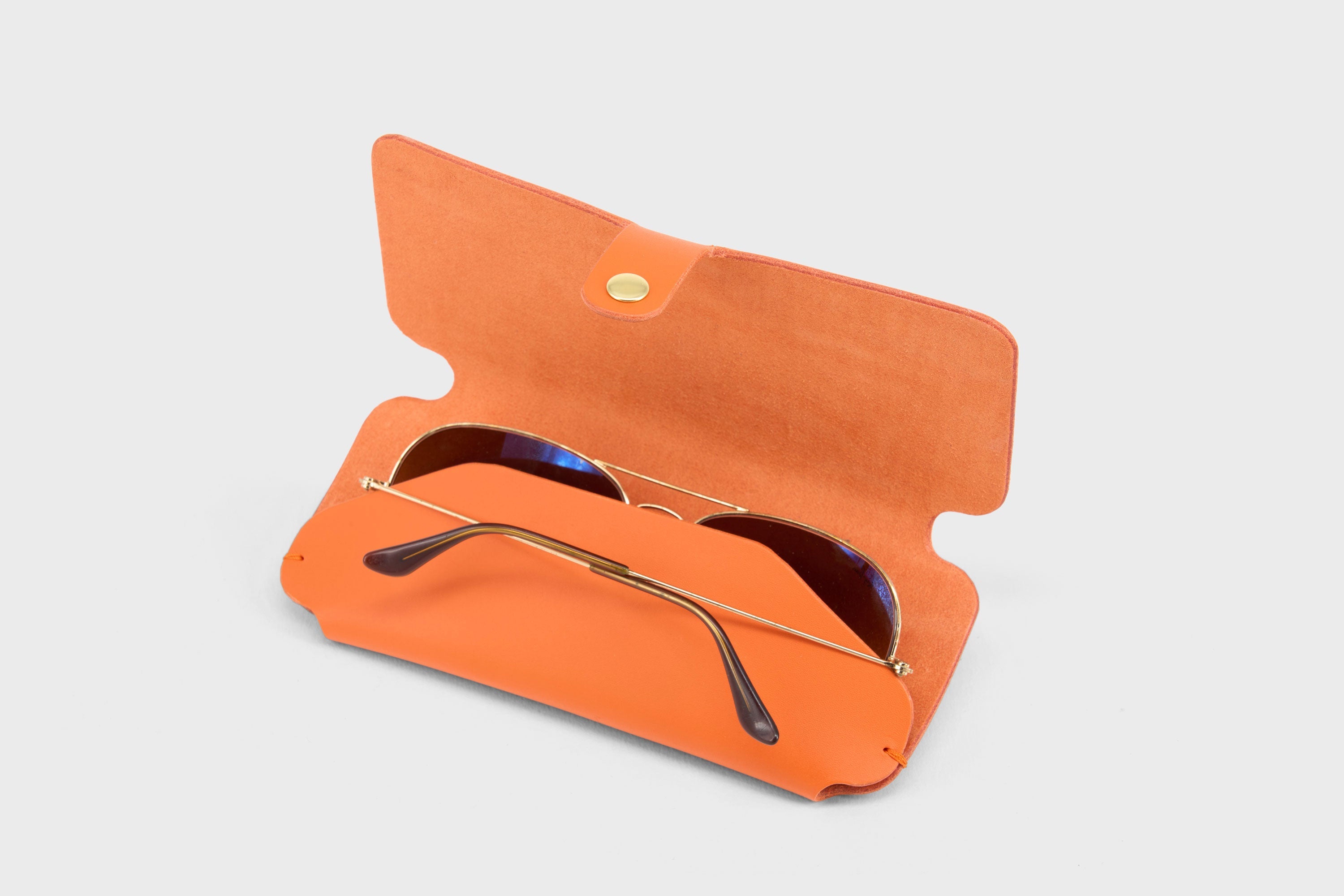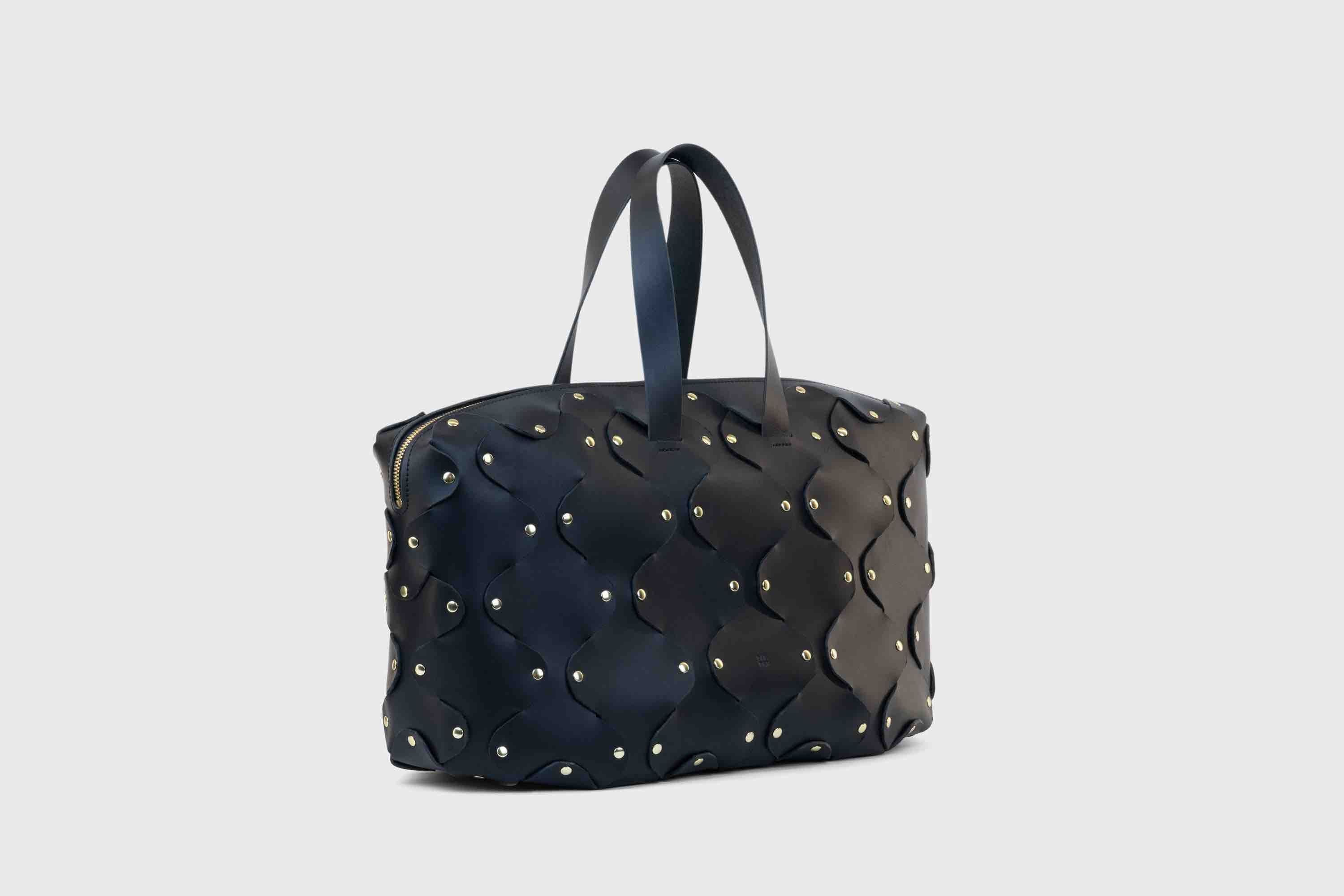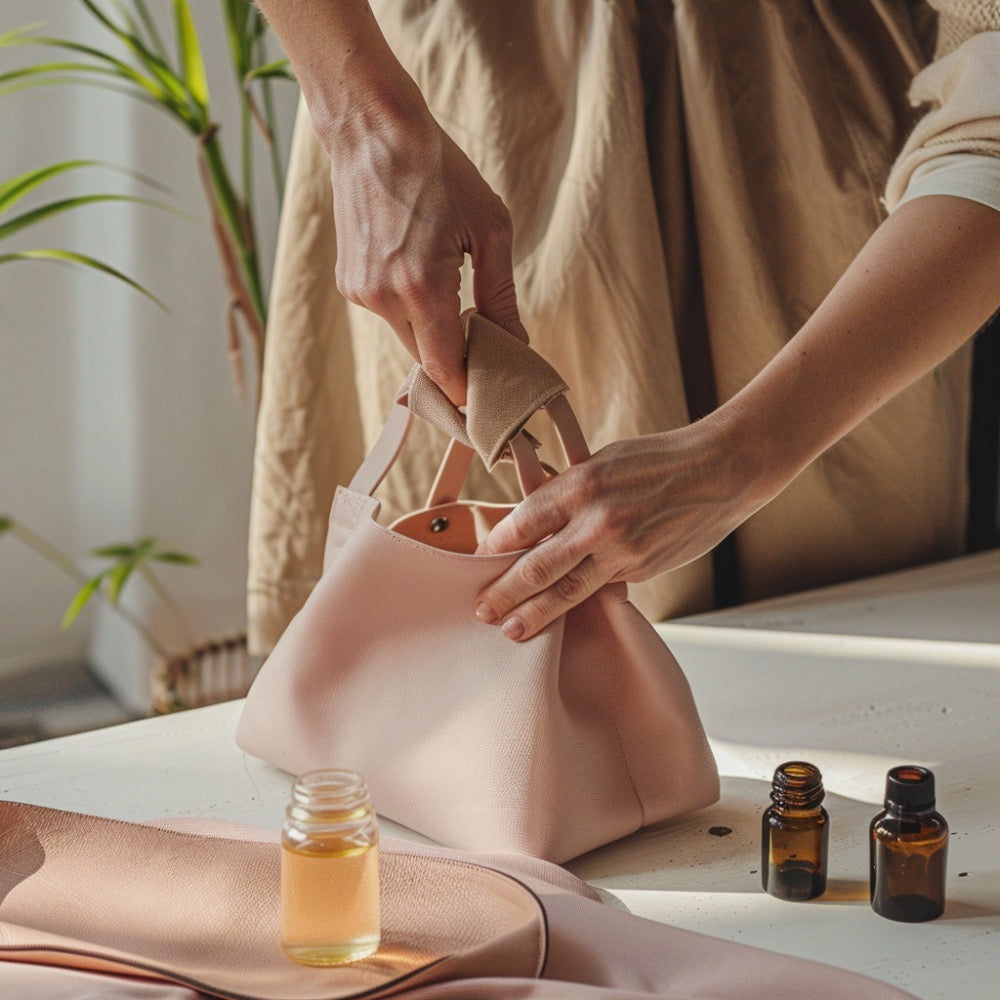
How to Wash Leather - Can you Wash it?
Understanding Leather Care
Leather is a popular material known for its durability and classic style, but taking care of it can seem tricky. Many people wonder if they can wash their leather items just like other fabrics. However, cleaning leather isn't as straightforward because it requires special care to maintain its quality and appearance.
This guide is designed to clear up common misconceptions and provide straightforward advice on how to properly care for leather. If you’re dealing with a brand new leather jacket or trying to preserve an old leather bag, you must know the right ways to clean and maintain your leather.
Leather is more than just a material; it’s a natural, living fabric that gets better with age if cared for properly. In this guide, we’ll cover the essentials of leather care, helping you keep your leather looking great for years to come.
So, Can You Wash Leather?
When it comes to leather care, one of the most common questions is whether you can wash leather in a conventional way, such as tossing it into a washing machine or submerging it in water. The straightforward answer is no. Washing leather in traditional ways that are suitable for fabrics like cotton or synthetic materials can lead to permanent damage. Here’s why and what happens when leather gets wet and how you should handle cleaning instead.
Why Leather Shouldn't Be Washed
Leather is a unique material with a structure very different from fabrics. It is made up of collagen fibers which are tightly woven and held together by natural oils. When leather is exposed to excessive amounts of water, these oils can be stripped away. Without these oils, the leather's fibers become dry and brittle, leading to stiffness and cracking once the leather dries. Additionally, water can cause leather to warp or shrink, altering the fit and appearance permanently.
Moreover, leather is naturally porous, which means it absorbs liquids it comes into contact with. When soaked, leather can absorb water deeply into its fibers which not only stretches and misshapes the structure but can also lead to the growth of mold and mildew if not dried correctly.
Understanding the Risks of Water Damage
Water may seem like a harmless cleaning agent, but for leather, it poses significant risks. The nature of leather, with its tightly interlocked fibers and natural oils, makes it particularly vulnerable to water. When leather becomes wet, it doesn't just stay on the surface; the water penetrates deep into the fibers, where it can cause several types of damage. Understanding these risks can help you take the necessary precautions to protect your leather items from unnecessary wear and deterioration.
How Water Affects Leather
-
Swelling of Fibers: When leather absorbs water, the fibers swell. This swelling stretches the leather, which can alter its original shape and fit. Once the water dries, the fibers may not return to their former configuration, resulting in a permanently misshapen item.
-
Loss of Natural Oils: Leather contains natural oils that keep it flexible and prevent the fibers from becoming brittle. Water can wash away these essential oils. Over time, this depletion of oils causes the leather to become dry and stiff, making it more prone to cracking.
-
Development of Mildew and Mold: If leather doesn't dry completely and correctly after getting wet, it provides the perfect environment for mold and mildew to grow. These fungi not only cause a musty odor but can also stain the leather and break down the fibers, further damaging the item.
-
Staining: Water can introduce other compounds into the leather, such as minerals from hard water, which can lead to staining. These stains are often difficult to remove and can mar the appearance of the leather permanently.
Preventing Water Damage
To avoid the issues associated with water damage, it’s crucial to protect leather from excessive moisture and to dry it properly when it does get wet:
-
Use a Water Repellent: Applying a water-repellent product to leather can help create a barrier that minimizes the amount of water the leather absorbs. This is particularly useful for items frequently exposed to moisture, like leather boots or jackets.
-
Proper Drying Techniques: If your leather item gets wet, it’s important to dry it slowly at room temperature. Avoid direct heat sources such as hair dryers or radiators, which can cause the leather to dry too quickly and become brittle. Instead, stuff the item with newspaper or a towel to help absorb moisture and maintain its shape.
-
Regular Conditioning: Applying a leather conditioner after cleaning or when the leather feels dry can help replenish the natural oils lost through exposure to water. This keeps the leather supple and less prone to damage.
-
Storage: Store leather items in a cool, dry place out of direct sunlight. Humidity and high temperatures can promote the growth of mold and mildew.
Safe Alternatives to Washing Leather
Since submerging leather in water or using traditional washing methods is not advisable, how should you clean leather? The key is minimal moisture and gentle cleaning agents.
- Spot Cleaning: For minor stains or dirt, use a damp cloth with a little mild soap (preferably a cleaner specifically designed for leather). Gently wipe the affected area without soaking the leather. Immediately after, use a dry cloth to remove any excess moisture.
- Using Leather Cleaners: There are cleaners formulated specifically for leather that help remove dirt and stains without over-wetting the leather. These cleaners often also condition the leather, helping to replenish natural oils and maintain flexibility.
- Professional Cleaning: For tough stains or overall cleaning, especially for valuable or sensitive leather items, consider professional cleaning services that specialize in leather.
Alternative Home Remedies for Minor Stains
While it’s generally advisable to use products specifically designed for leather care, there are instances where simple home remedies can be effective for treating minor stains on leather items. These remedies, when used cautiously, can help maintain the appearance of your leather without the need for harsh chemicals or expensive cleaners. Here are a few gentle, home-based solutions you can consider when addressing minor stains on your leather goods.
Gentle Soap Solution
A mild soap solution can be a safe first step for cleaning surface stains from leather. Mix a small amount of mild, non-detergent soap in water to create a sudsy solution. Dampen a soft cloth in the solution and wring out excess water to avoid soaking the leather. Gently blot or wipe the stained area without scrubbing, as this can cause the stain to penetrate deeper into the leather. Follow up by wiping the area with a clean, damp cloth to remove any soap residue, and finish by drying with a soft towel.
Vinegar and Water Mix
White vinegar is a versatile cleaning agent that can also be effective on leather. Mix equal parts of vinegar and water to create a diluted solution. Using a soft cloth, apply the mixture lightly to the stain, dabbing gently. Vinegar can help lift stains due to its mild acidity, but it’s important to use it sparingly to prevent damage. Always test this solution on a small, inconspicuous area of the leather first to ensure it doesn’t cause discoloration or damage.
Baking Soda or Cornstarch for Grease Stains
Grease stains can be particularly stubborn on leather. A simple remedy is to sprinkle a small amount of baking soda or cornstarch directly on the grease stain. These substances are excellent at absorbing oil and can pull the grease out of the leather. Gently rub the powder into the stain with a dry cloth, let it sit for a few hours or overnight, and then brush off the powder with a soft brush. If the stain remains, you may repeat the process until the stain is fully absorbed.
Rubbing Alcohol for Ink Stains
Ink stains are a common problem, especially on leather bags and furniture. Applying a small amount of rubbing alcohol to a cotton swab and gently dabbing the ink stain can be effective. Rubbing alcohol can help dissolve the ink, making it easier to lift from the leather. This method should be used with caution, as alcohol can dry out leather; conditioning the area afterward is recommended.
Essential Oils for Conditioning
After cleaning leather with any of the above methods, it’s beneficial to apply a small amount of a mild essential oil like lemon or tea tree oil mixed with a carrier oil like coconut oil. This not only helps to condition the leather but can also aid in removing any lingering odors. Apply the oil mixture sparingly with a soft cloth, gently buffing it into the leather to moisturize and protect it.
Caution and Care
While these home remedies can be effective for minor stains and maintenance, it’s crucial to approach any cleaning method with caution. Always test any solution on a small, hidden area of the leather first to ensure it doesn’t cause damage or discoloration. Moreover, understanding the type of leather and its specific vulnerabilities can guide you in choosing the safest cleaning approach.
By using these gentle home remedies, you can effectively manage minor stains and keep your leather items in pristine condition. However, for more serious stains or high-value items, consulting a professional leather cleaner is often the best course of action to avoid irreversible damage.


